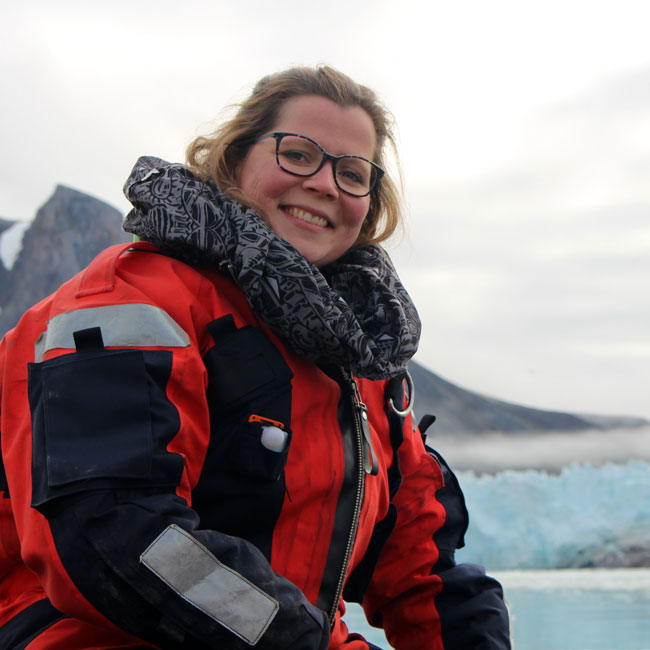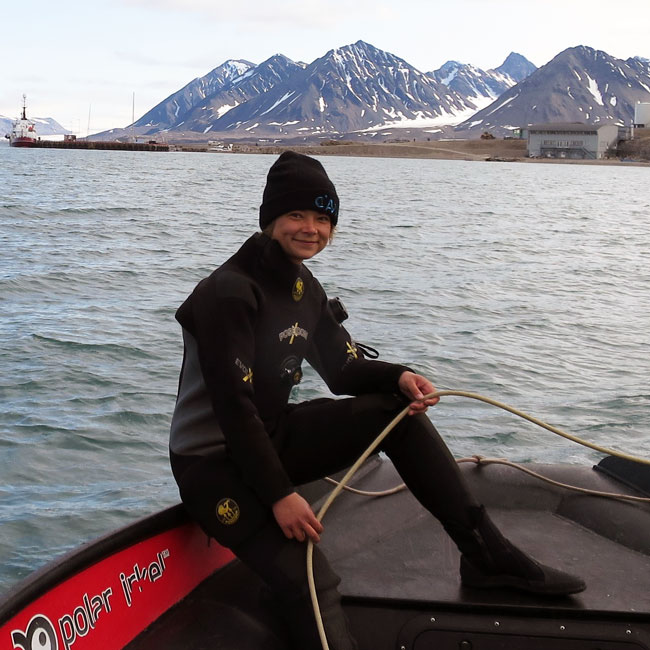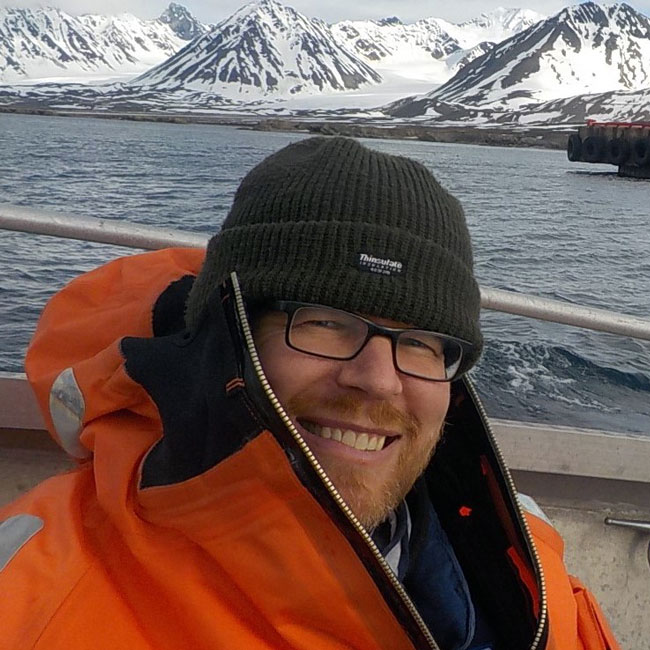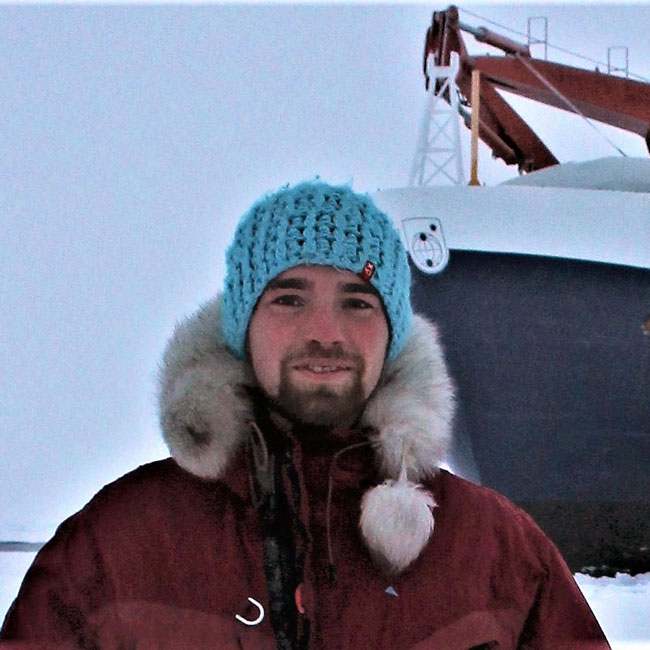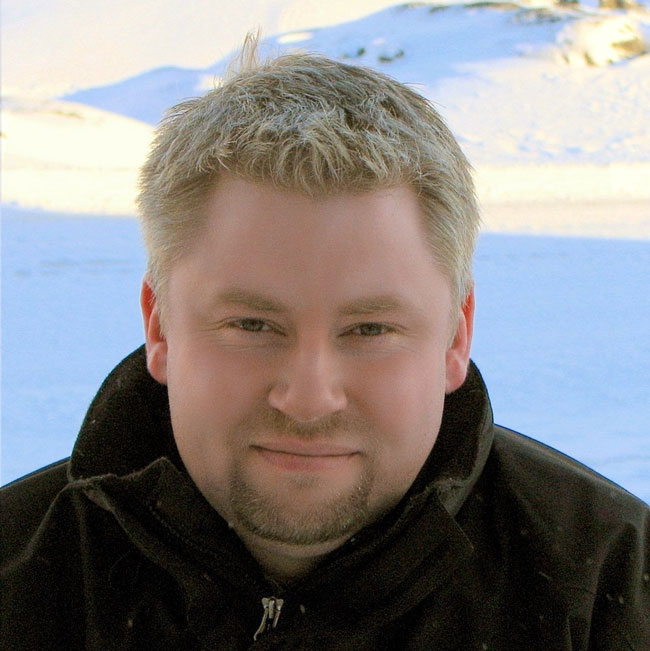Future kelp forest communities on Greenland
Nora Diehl and Sarina Niedzwiedz from the University of Bremen conducted a field work campaign in Nuuk, Greenland in June / July 2023 to answer the question, how future Arctic kelp forest communities might look like. Kelps are brown macroalgae that form underwater forests. Thereby, they provide habitat, food and nursery ground for many associated species, like snails, crabs, fish and sea urchins.
The Arctic is warming far beyond the global average, which has huge consequences for kelp forest ecosystems. However, temperature is not the only environmental parameter changing. The warming climate is leading to melting glaciers and terrestrial run-off. Huge amounts of sediment are washed into the fjords (sediment plumes) and change underwater light composition and intensities.
Therefore, the researchers designed a multi-factorial experiment in cooperation with Thomas Juul-Pedersen and Tobias Vonnahme from the Greenland Institute for Natural Resources (Pinngortitaleriffik), testing not only the influence of increased temperature but also altered light conditions on kelps. They compared two kelp species: the Arctic species Agarum clathratum and the cold-temperate species Saccharina latissima. Focus of the study are eco-physiological and biochemical responses of the kelps by analysing photosynthetic efficiency and rates, growth, pigment composition and antioxidant concentrations. The results of this study will increase our understanding of future Arctic ecosystems.
Photos: Sarina Niedzwiedz
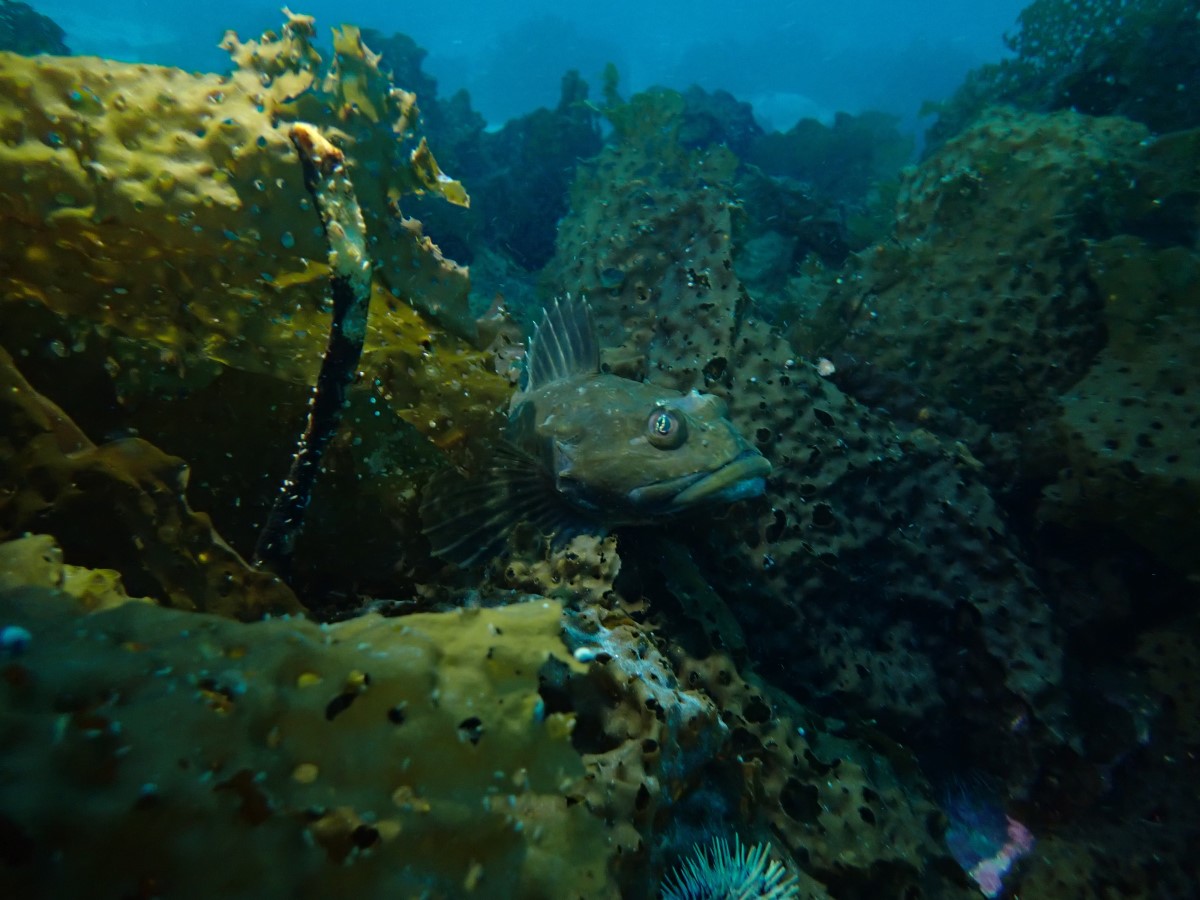
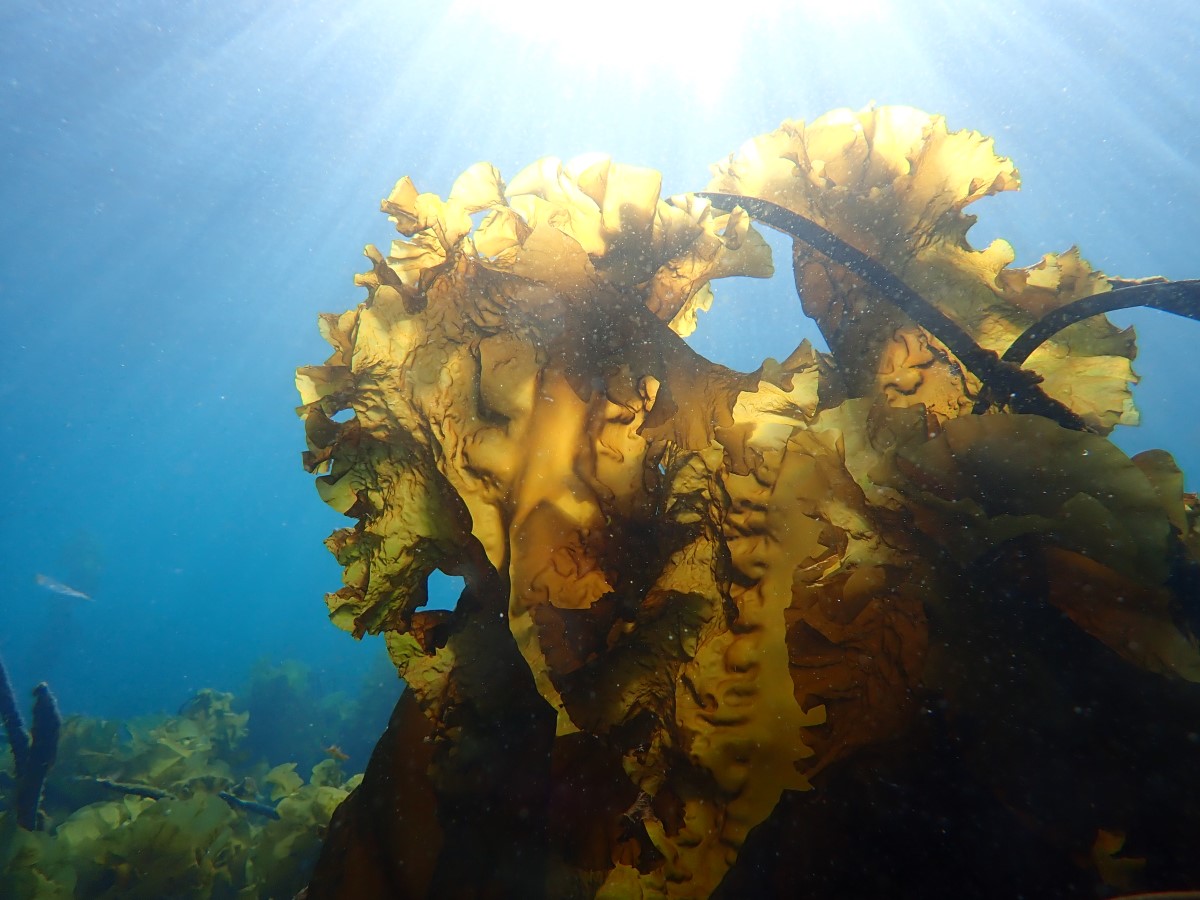
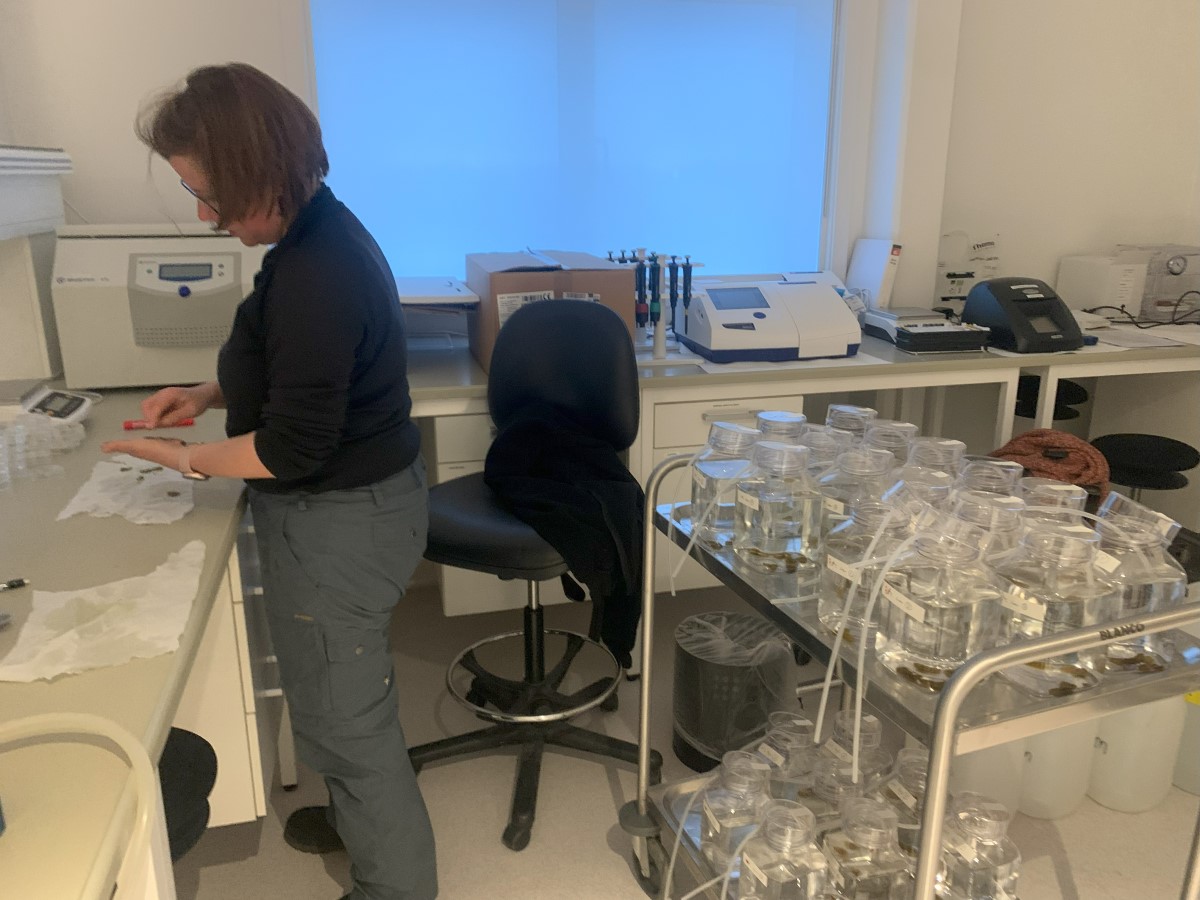
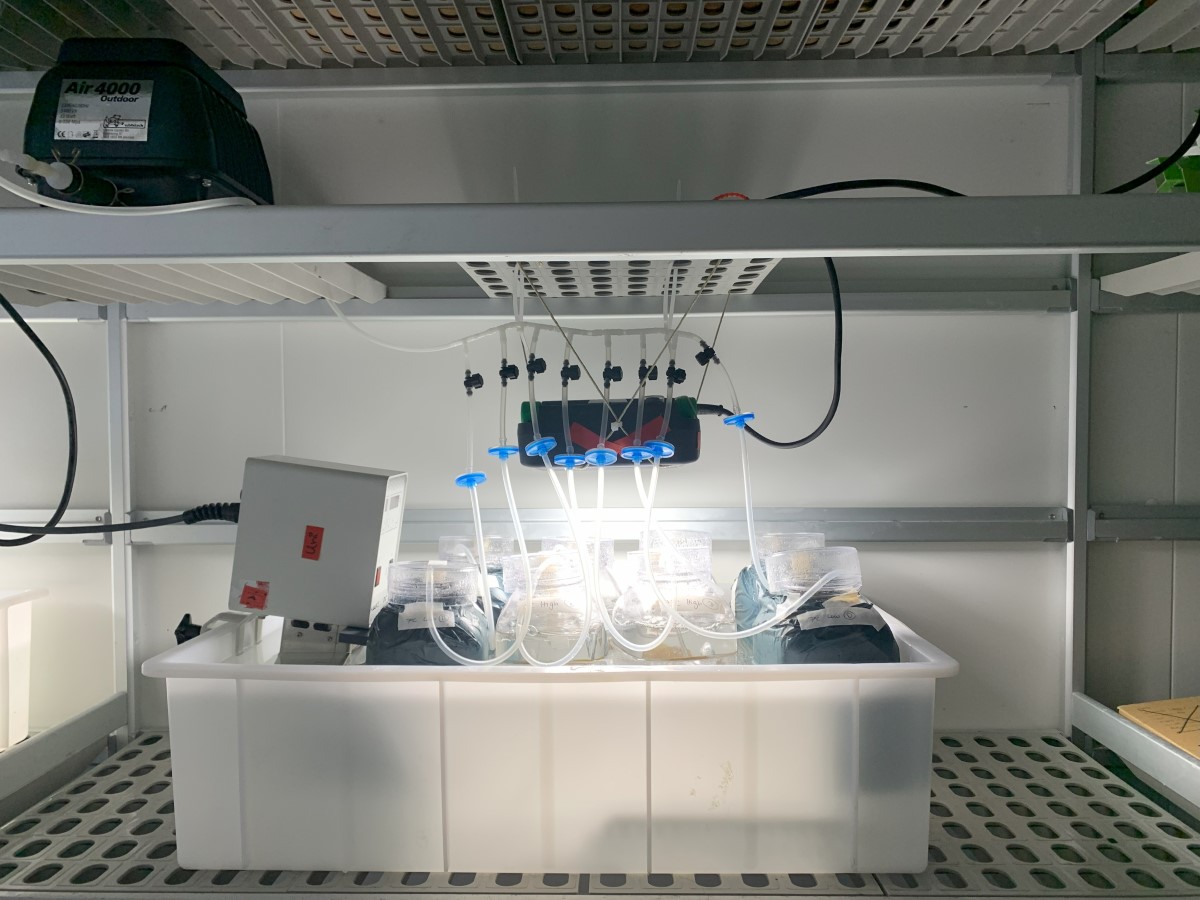
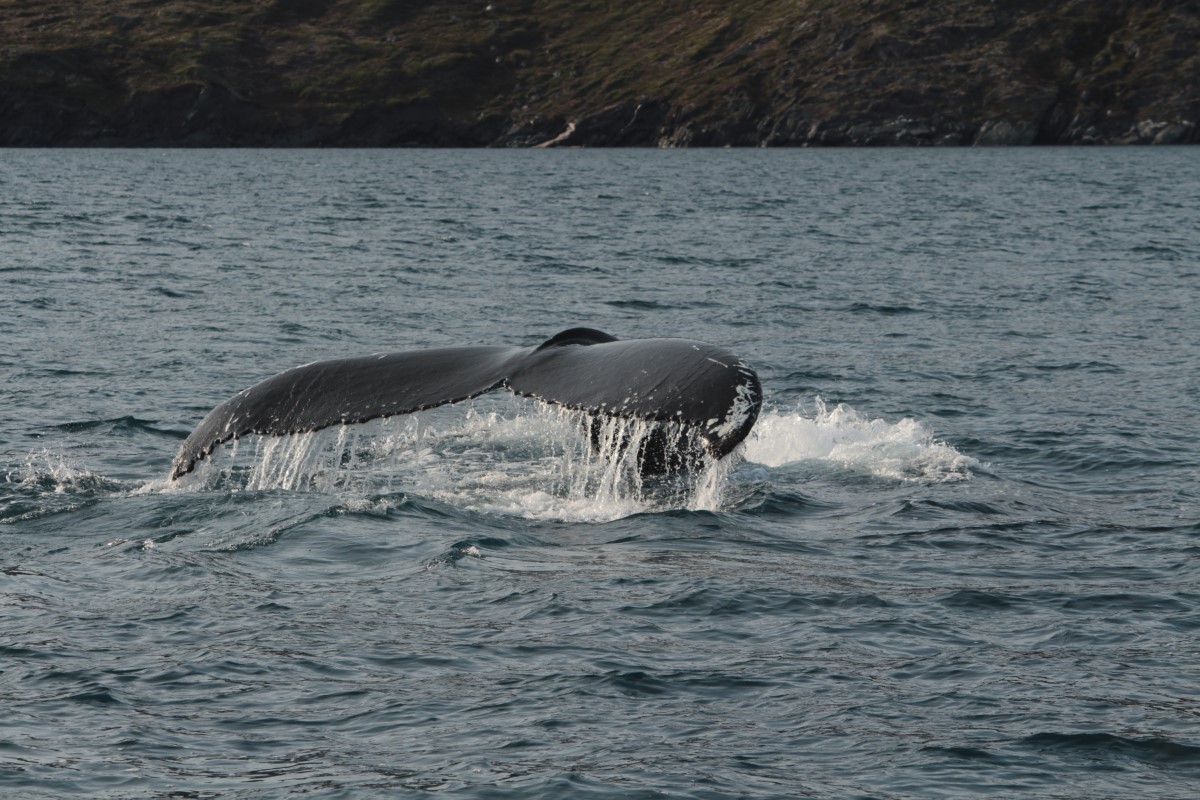
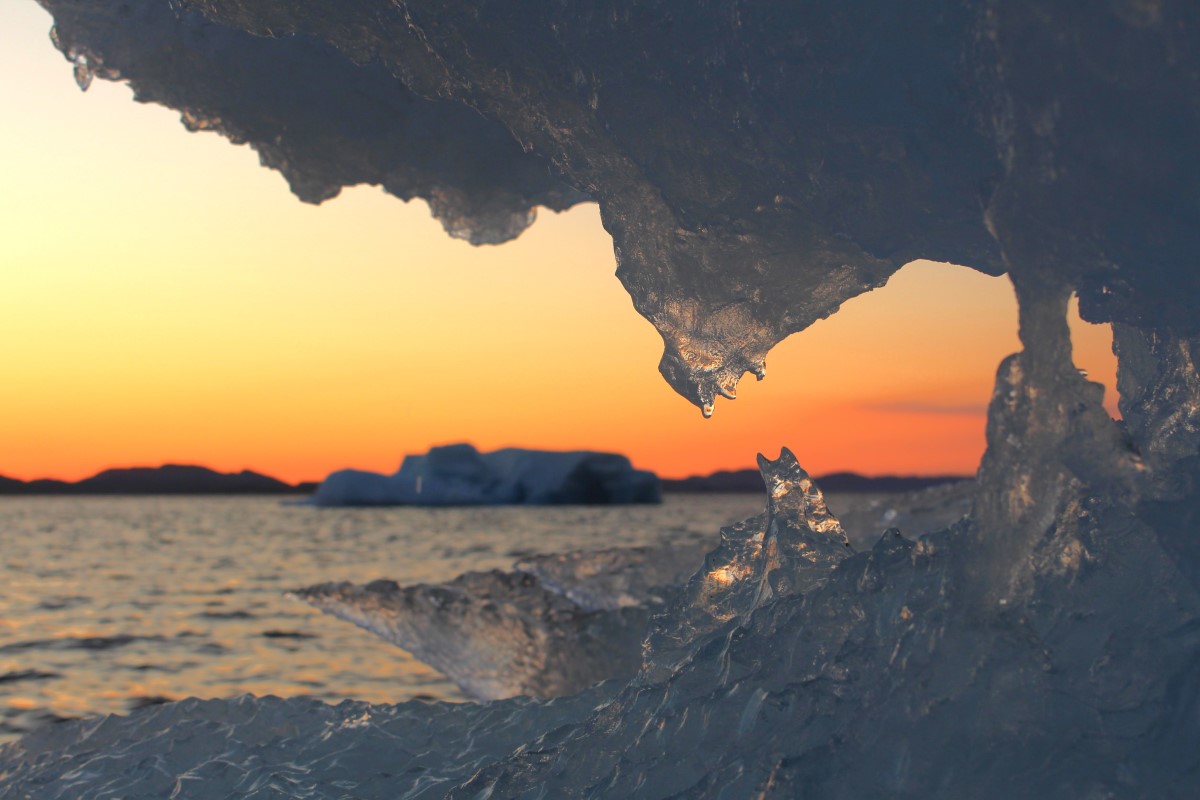
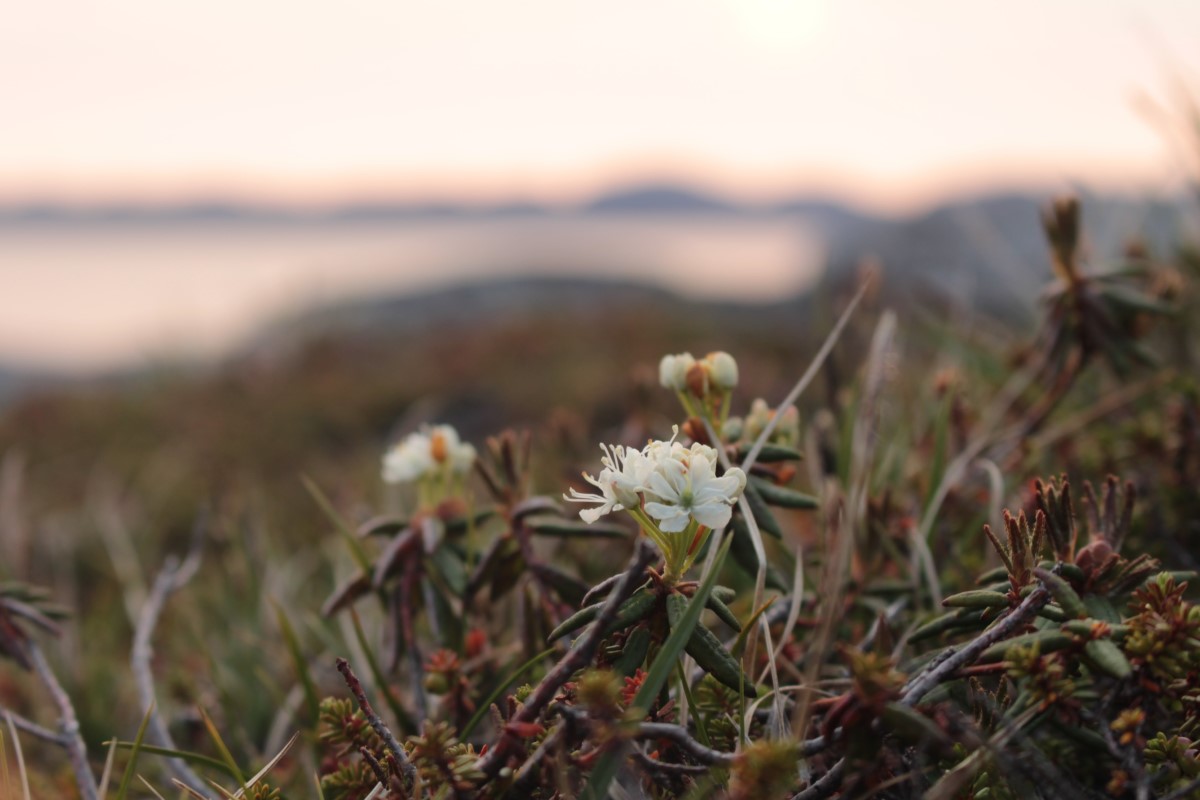
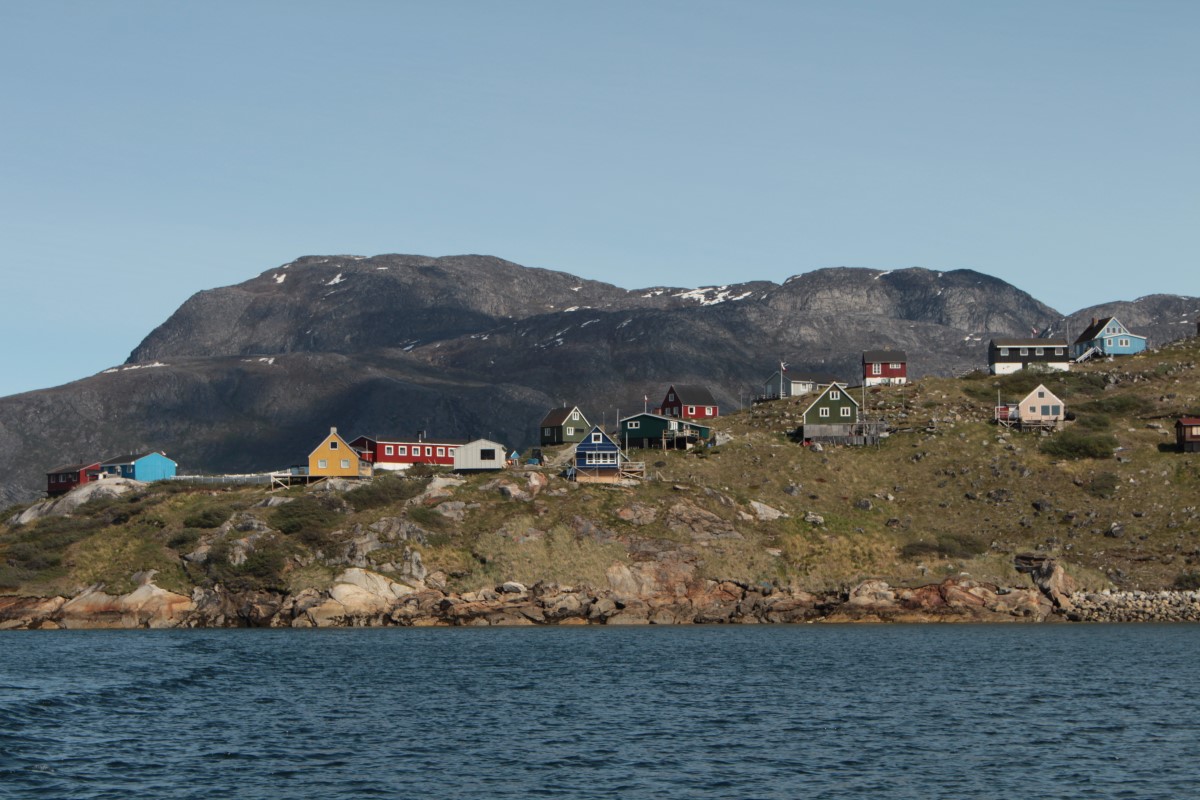
FACE-IT Scientists:
Nora DIEHL
Marine Botany, University of Bremen, Germany
ResearchGate
Nora’s FACE-IT Projects
Role in FACE-IT:
• Researcher "Biodiversity Changes"
• Researcher "Ecosystem Function Changes"
Sarina NIEDZWIEDZ
Marine Botany, University of Bremen, Germany
Sarina’s FACE-IT Projects
Role in FACE-IT:
• PhD student "Ecosystem Function Changes"
Kai BISCHOF
Marine Botany, University of Bremen, Germany
Center for Marine Environmental Sciences MARUM, University of Bremen, Germany
UBremen personal page
Kai’s FACE-IT Projects
Role in FACE-IT:
• Scientific Coordinator
• Member of the Executive Board
• Co-Leader "Policy Dialogue and Outreach"
• Co-Leader "Project Management"
• Leader "Ethical Requirements"
• Researcher "Biodiversity Changes"
• Researcher "Ecosystem Function Changes"
Tobias Reiner VONNAHME
Greenland Institute of Natural Resources, Greenland Climate Research Centre (GCRC), Nuuk, Greenland
Tobias’ FACE-IT Projects
Role in FACE-IT:
• Researcher "Biodiversity Changes"
• Researcher "Ecosystem Function Changes"
Thomas JUUL-PEDERSEN
Greenland Institute of Natural Resources, Greenland Climate Research Centre (GCRC), Nuuk, Greenland
GCRC personal page
Thomas’ FACE-IT Projects
Role in FACE-IT:
• Researcher "Ecosystem Function Changes"

